If you’re the type who walks into walls because you’re too busy staring up at cornices and flying buttresses, this list is for you. These cities aren’t just places to visit – they’re architectural candy stores where every street corner might make you gasp, “Who designed THAT?”
From curvy Art Deco masterpieces to space-age towers that look like they were designed by aliens (I’m looking at you, Dubai), these urban wonderlands prove that humans can create magic with steel, glass, and a healthy dose of “why not?” Just remember to bring a neck brace – all that looking up at spectacular buildings can give you a serious case of architecture-induced whiplash.
10. Bordeaux, France

Imagine a city so architecturally perfect that even Paris gets jealous. Bordeaux’s neoclassical wonderland is like a wedding cake come to life – if that cake was made by master architects instead of bakers. One of the most epic features is the Place de la Bourse that reflects perfectly in its water mirror, creating Instagram shots so pretty they look photoshopped.
Every building tells a story of wine money well spent, with limestone facades that glow honey-gold at sunset. The Grand Théâtre could make an opera-hater weep with joy, while the contemporary La Cité du Vin looks like a giant decanter had a love child with a modern art museum. Warning: You might develop an expensive taste for symmetrical proportions and elaborate cornices.
9. Vienna, Austria

Oh, darling, where else can you live like a Hapsburg in the morning and a modernist rebel by afternoon? Vienna is what happens when emperors have unlimited budgets and excellent taste. The Ringstrasse is basically architectural theater-in-the-round, showcasing everything from Neo-Gothic to Renaissance Revival. Stephansdom Cathedral rocks a roof so colorful it makes peacocks look understated.
But here’s the plot twist: while half the city channels imperial grandeur, rebels like Otto Wagner and Adolf Loos threw architectural curveballs that shocked the pearls off Viennese society. Don’t miss Hundertwasserhaus, where straight lines went to die and trees grow out of windows. It’s like Dr. Seuss designed an apartment building after a Sachertorte sugar rush.
8. Dubai, UAE

Welcome to the city where architects’ wildest dreams come true – as long as those dreams involve breaking at least three laws of physics. The Burj Khalifa isn’t just tall; it’s a “honey, I think we can see our house in London from here” kind of tall. Every building seems to be competing in an unspoken contest of who can do it better.
Palm-shaped islands? Sure! A hotel shaped like a sail? Why not! A museum that looks like cursive written by a giant? Absolutely! The whole city feels like someone gave a team of architects unlimited funds and said, “Make it shinier.” Just don’t visit in August unless you enjoy feeling like a baked potato in a gold-plated oven.
7. Sintra, Portugal

Imagine if Disney’s Imagineers time-traveled to medieval Portugal and went absolutely nuts. Sintra is what happens when royalty gets creative and nobody says no. The Pena Palace sits atop a mountain and is probably the most wild and unorthodox palace in Europe – and I mean that as the highest compliment.
Underground tunnels also lead to inverted towers at Quinta da Regaleira, where the spiral staircases of the initiation marks your stomach turn. Moorish castles, Gothic mansions, and enough architectural whimsy to make Alice’s Wonderland look restrained. Pack comfortable shoes; you’ll be hiking up and down hills muttering “How did they even BUILD this?” approximately every seven minutes.
6. Mumbai, India

Mumbai’s architectural story reads like a gripping novel with multiple plotlines running simultaneously. Gothic Revival buildings strut their stuff alongside Art Deco gems, while ancient temples remind you you’re definitely in India. The Chhatrapati Shivaji Terminus for example, isn’t just a train station – it’s Victorian Gothic architecture having a passionate affair with Indian traditions.
In the southern tip of the city, the Gateway of India stands proud against the Arabian Sea, while Antilia, the world’s most expensive private residence, towers nearby, proving that modern Mumbai builds as ambitiously as colonial Bombay. Don’t miss the Dharavi district, where improvised architecture creates one of the world’s most fascinating urban tapestries.
5. Brasilia, Brazil

Oscar Niemeyer’s modernist playground sprung from nothing in the 1950s, becoming the world’s greatest architectural laboratory. The city plan resembles a giant bird (or airplane, depending on who you ask), with governmental buildings that defy gravity and convention.
The Metropolitan Cathedral looks ready for space travel, while the National Congress buildings feature twin towers flanking bowl-shaped chambers. Every structure tells the story of a nation’s optimistic leap into the future. Even the apartment blocks carry architectural significance. Just remember – this perfectly planned city requires wheels to explore. Modernist utopias weren’t designed for walking.
4. Baku, Azerbaijan
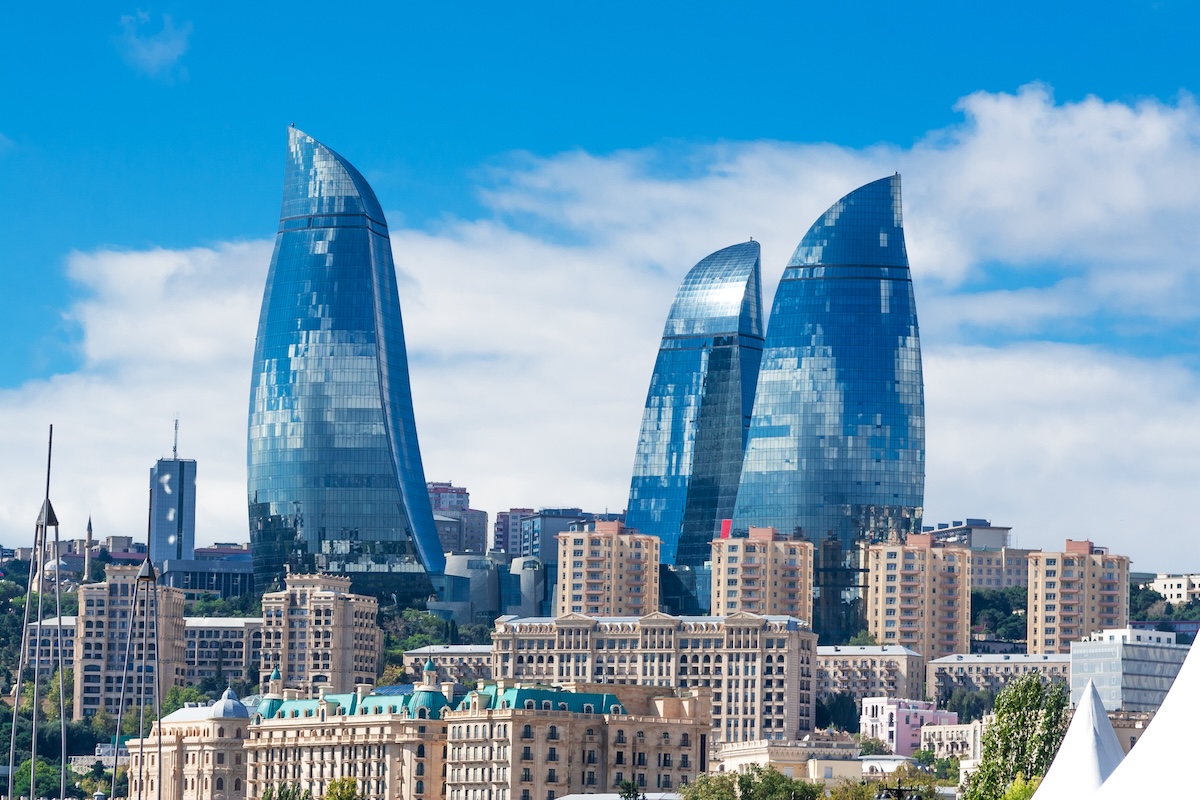
Baku throws architectural convention out of its flame-shaped windows. The Heydar Aliyev Center curves and flows without a single straight line, while the Flame Towers light up the night sky with LED displays. Medieval meets postmodern in the UNESCO-listed old city, where the ancient Maiden Tower stands near buildings resembling massive crystals.
The Carpet Museum takes its job seriously by actually looking like a rolled-up carpet. Oil money transformed this Caspian Sea port into an architectural fantasyland where every new building aims to outdo the last. Even the subway stations pack enough architectural punch to make your daily commute feel magnificent.
3. Miami, Florida

South Beach’s Art Deco Historic District serves up the world’s largest collection of this distinctive style, painted in ice cream colors that perfectly match the tropical vibe. These buildings tell stories of optimism, glamour, and American reinvention. Porthole windows, geometric patterns, and stepped rooflines create a vintage postcard comes to life.
But Miami’s architectural ambitions stretch beyond Deco – Zaha Hadid’s One Thousand Museum resembles a sculptural exoskeleton, while the Brickell neighborhood showcases contemporary wizardry. Herzog & de Meuron’s Pérez Art Museum proves that modern architecture can be both dramatic and hurricane-proof.
2. Shanghai, China

Shanghai’s Pudong district rockets architecture into the future, with the Oriental Pearl Tower piercing the clouds alongside the twisted Shanghai Tower. The Bund offers a spectacular contrast, lining the Huangpu River with Art Deco and Neoclassical buildings from Shanghai’s colonial heyday.
Hidden in the French Concession, Art Deco apartments whisper tales of 1920s intrigue. Modern Shanghai builds up and out with equal ambition – the West Bund Museum rivals any contemporary architectural marvel. Walking through Shanghai feels like simultaneously inhabiting multiple centuries, each with its own architectural language.
1. Barcelona, Spain

Antoni Gaudí’s fever dreams transformed Barcelona into architecture’s greatest playground. La Sagrada Família continues its slow growth toward heaven, combining Gothic spirituality with forms inspired by nature. Park Güell welcomes visitors with a psychedelic blend of mosaics and organic shapes.
Then, Casa Batlló and Casa Milà prove that apartment buildings can be works of art too. But Barcelona offers more than Gaudí – the Gothic Quarter’s medieval lanes lead to hidden squares, while modern architects add their own twists to the cityscape. Every neighborhood tells part of Barcelona’s architectural story, from Roman walls to contemporary innovation. Just prepare for neck strain – the best details often hide in the highest corners.



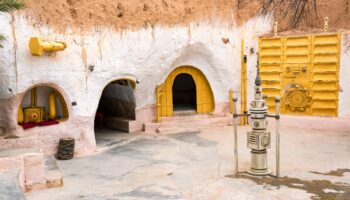





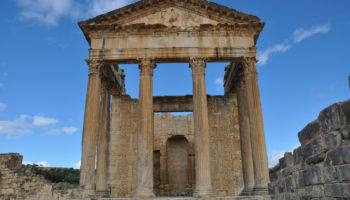

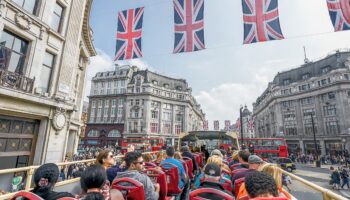
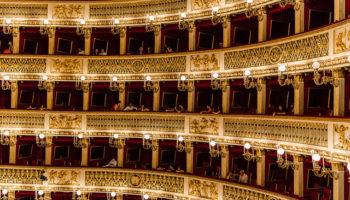
Leave a Reply